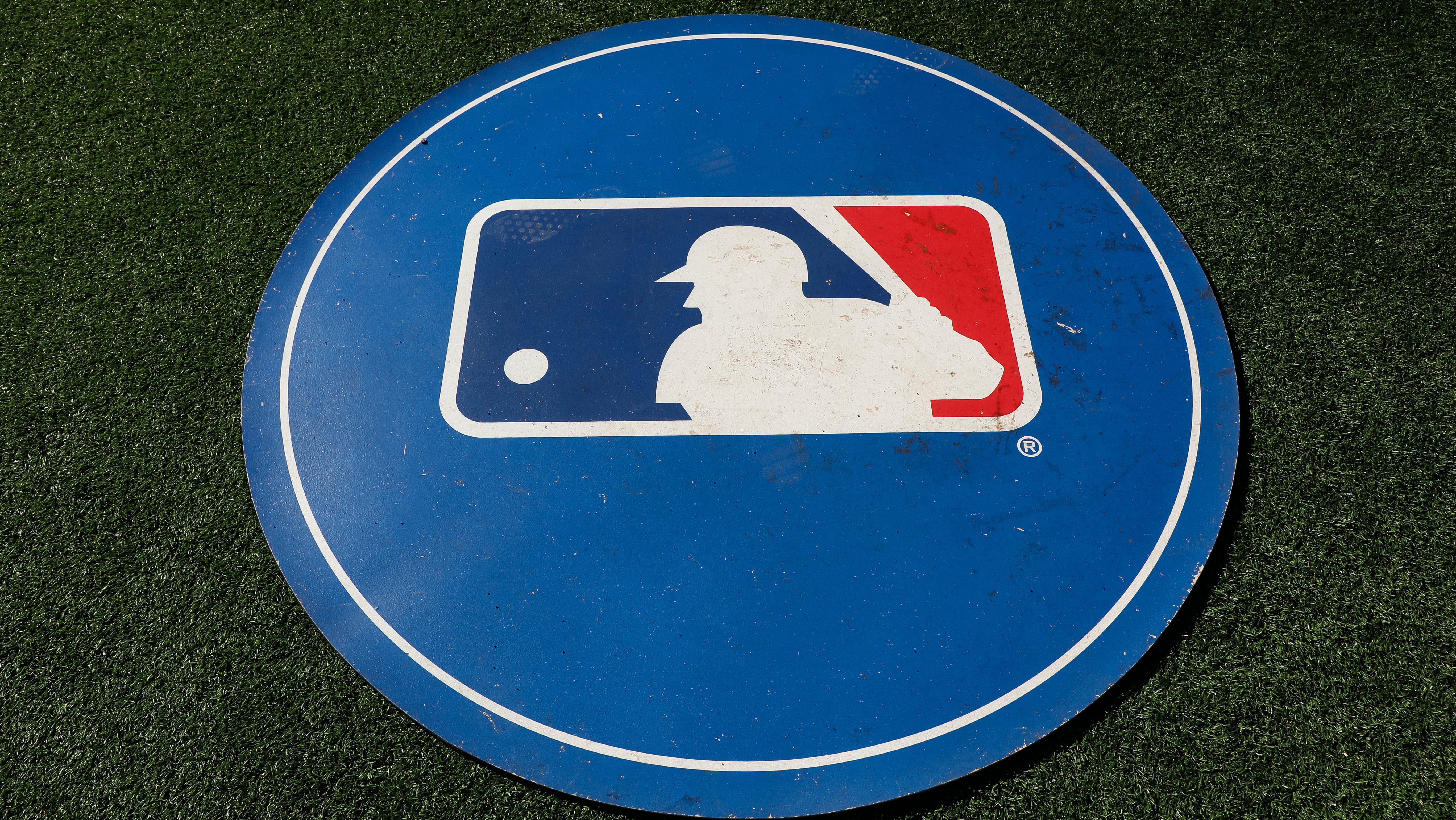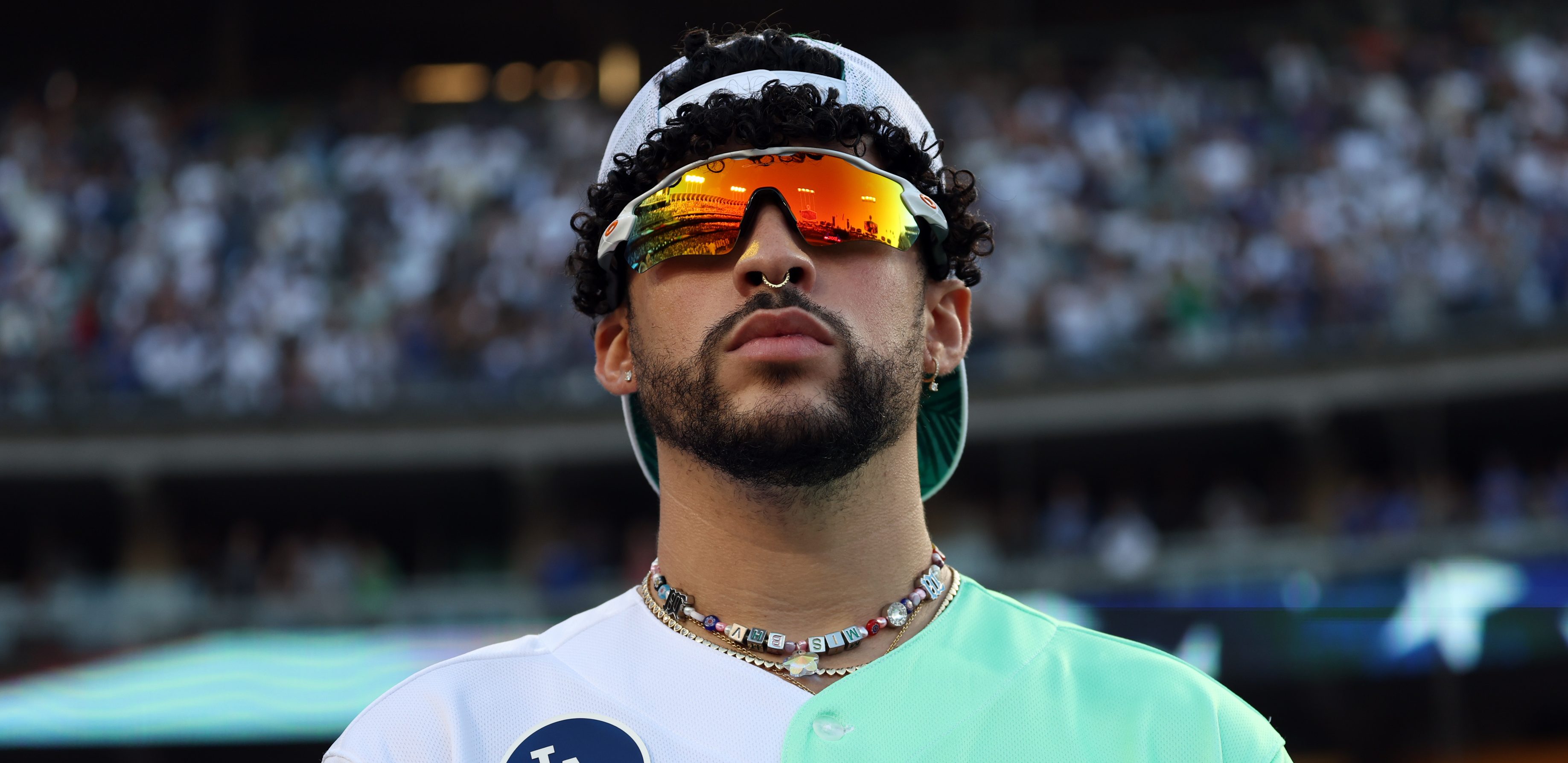It was never going to be perfect.
But Major League Baseball’s coronavirus testing system needs to be good enough.
That may not seem like an especially high bar to set.
But so far it has been a difficult one for baseball to clear.
In fact, the latest example of baseball's biggest challenge in pulling off a 60-game season played out at Wrigley Field on Monday. That's when the team that by all indications has done the best job of establishing and following safe practices had its manager and five other “Tier 1” members of the organization sit out activities “out of an abundance of caution” because their latest COVID-19 tests, from Saturday, remained “pending.”
Tier 1, by the way, comprises the 80-something members of the organization with the highest access, including players and coaches.
The results had been analyzed. But as pitching coach Tommy Hottovy explained, they appeared to be in a batch of samples that included at least one positive test, the batch involving multiple teams. So they were retested. Five of those retested samples, including manager David Ross’, were negative, the team said late Monday, with the sixth considered “compromised” and another test done.
MLB
Click to download the MyTeams App for the latest Cubs news and analysis.
The sixth did not belong to a player.
Give the Cubs another gold star for getting through yet another round of tests — and yet another glitch in that process — without having a player test positive.
But give MLB another kick in the ass. The testing issues don’t seem to be as bad as they were throughout the league that first holiday weekend of processing. But it hasn’t fixed this thing yet, either.
Whether it’s a lab-capacity issue, a quality issue or a shipping issue, it’s not even close to good enough.
Not for 30 teams barely a week from leaving their individual training-site bubbles to start playing each other for two months. Not when more than one-third of those teams play in locales considered hot spots for the pandemic. Not in the world’s most infected country.
“We do feel comfortable in this bubble that we’ve kind of created here,” said Hottovy, who was hit hard by the virus for a month before camp started. “When the season starts though and we start traveling and we start putting ourselves in some different circumstances, we just don’t know what to expect with that.
“We’re still taking this day-to-day for sure.”
Players across baseball, including Cubs star Kris Bryant, said they were upset and surprised at how unprepared MLB’s testing system appeared to be when camps opened. Two weeks of testing later, and just enough issues persist to make the league’s entire 2020 undertaking look more tenuous than ever.
The season starts July 23. That’s not much time to get it “good enough” — never mind to get it right. But, again, we're not asking for perfection.
The league protocols require testing thousands of players and other team personnel every other day through the end of the season.
Imagine sitting a manager and three or four players from a single team on a game day because of “pending” or “compromised” test results. Imagine that happening two or three times a week to various teams. Or worse — imagine a given team doesn’t exercise “an abundance of caution” and puts the players or staff in question on the field or in the dugout and clubhouse anyway.
“The only concern that I have right now is how long the test will take to get the results back,” Cubs catcher Willson Contreras said on Thursday. “Other than that, I don’t think I am at risk inside of the ballpark because the Cubs have been doing the best they can to keep us safe in here."
“I don’t have any concerns about my teammates, because I trust them. I know we all are doing our best to keep [each other] safe, and that way we can have a season this year.”
Contreras expressed tolerance with the system so far and was reluctant to point a finger at MLB or anyone else.
“But how can that get better?” he said. “I have no answer for that.”
It doesn’t matter whose fault it is as much as it matters that an answer is found quickly.
Players, staff and their families already have taken on the daily stress and anxiety of this health risk and the every-other-day process of holding your breath until the next result comes in.
“You get that test day coming up when you might get results, and it’s a little bit of that unknown, a little bit of anxiety of, ‘Have I done everything right?’ “ Ross said. “You start running back the day since you’ve been tested and what you’ve done, where you’ve gone, who you’ve been in contact with, just in case something bad may come back on your test. It’s real.”
Thirteen players, including Giants star Buster Posey, already have declined to play this season, all but one without a pre-existing condition that would qualify as “high risk” under the agreement between players and management.
Angels superstar Mike Trout heads a list of several more who have talked openly about opting out at some point, depending on how things look as we get closer to games.
That includes Cubs starter Yu Darvish, who said Sunday, “I still have concerns” and that he has not ruled out heading home if he doesn’t feel it’s safe anymore for him or his family to keep playing.
Maybe Trout, Darvish, Posey and the rest of those players have the right idea.
In fact, maybe we’d all be better off if baseball rededicated its testing capacity to a general public that suddenly is facing shortages again in a growing number of hot spots.
But if baseball is going to stick to its plan and try to pull off this season, then it needs to get this right. Right now.
Nobody’s expecting anything great at this point. Maybe not even especially good. But good enough? In the next week or so?
Would that be too much to ask?


